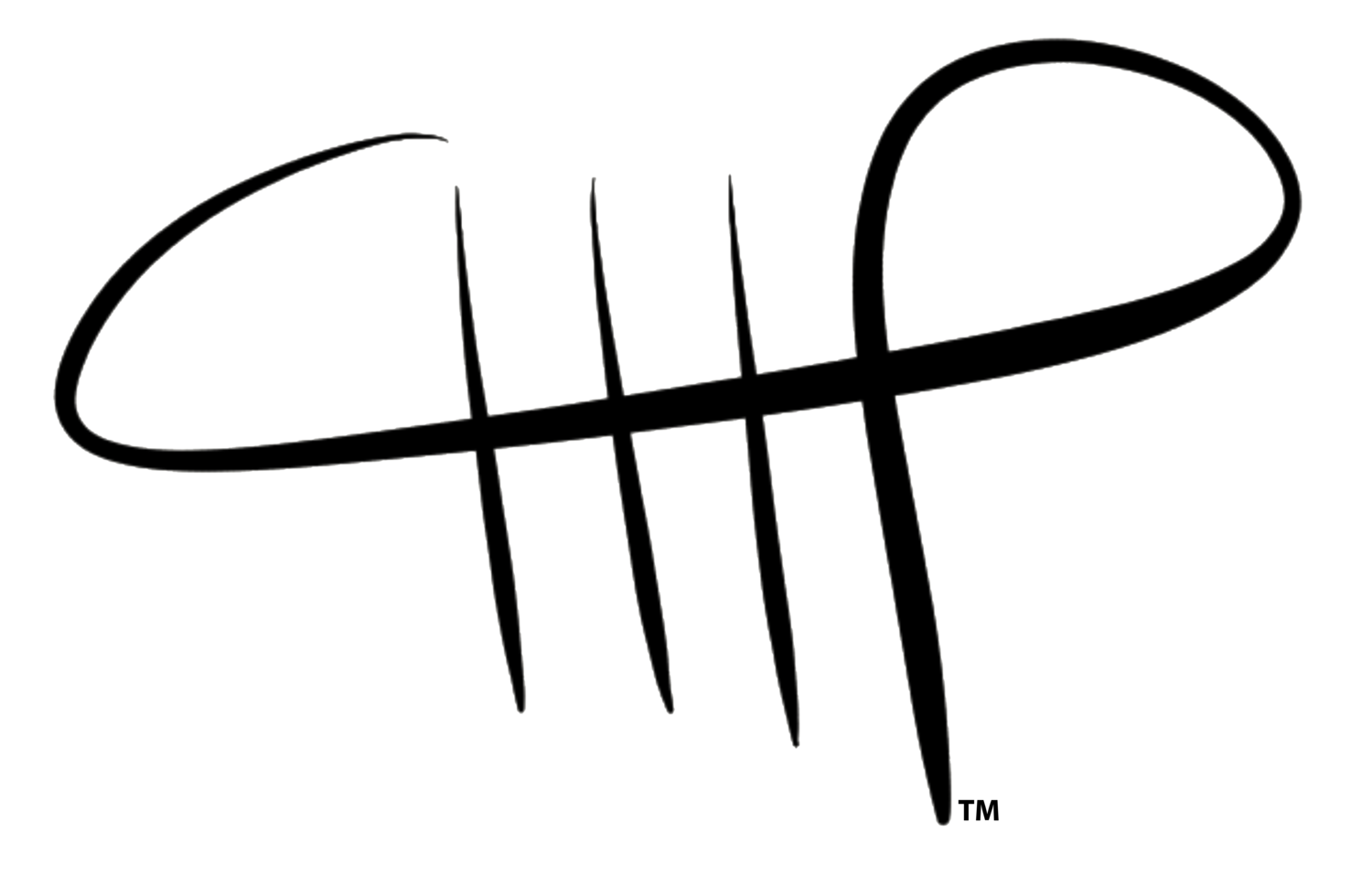Mortar Management
I mentioned mortar in yesterday’s post. I said that mortar holds things together by filling in the gaps left over by irregular shapes, and that we need mortar in our own lives because we are all irregular-shaped people with a need for something or someone to hold us together in community.
I think most of us feel tremendous pressure to fit into society by being uniformly shaped bricks that look “normal”. Mortar is a lot easier to apply if things—or people—are the same or similar. Things—like companies and organizations—are much easier to build with bricks than with irregular stones. Bricks are a certain size and shape, and you need the same amount of mortar every time for every brick. Bricks don’t cause problems because the brick conforms to the wall and not vice-versa.
But stones are different. Natural stones are irregular. It takes a craftsman to build something with irregular stones. It takes a craftsman to build a company or an organization with irregular people. It’s riskier and harder, but the rewards can be incredible.
That said, sometimes stones have really rough edges that need to be chipped away or softened to remove either danger or distraction from what is being built. It’s the same with people in an organization. The great danger is chipping away so much that—while they might fit better in the wall—ultimately it’s no longer the shape of the stone—or person.
From a management and leadership perspective, applying just enough mortar to allow for community while still allowing the stones/people to maintain their design and natural shape is a tremendous feat. I love the picture of the wall above because it has a wonderful section of cut stones surrounded by natural uncut stones; yet, it still makes a very effective wall.
I wish more companies, organizations, and churches looked like this wall: necessarily uniformed sections surrounded by natural irregularities—all held together by just enough mortar to make it all work together.



